Lifesongs
with SATB Choir
-
Ships in 3 to 4 weeks
Details
Description
SKU: CN.08400
With SATB Choir. Composed by David Gillingham. Score and parts. Duration 20:00. Published by C. Alan Publications (CN.08400).Using the text of three life-affirming poems by Henry Wadsworth Longfellow, Lifesongs is cast in three section that coincide with three stages of life. The text and the music wavers through many emotions: radiant and upbeat, mournful and depressing, dark and militaristic, reflective and joyful. The final lines reflect the overall sentiment of the piece, "O Fear not in a world like this, and thou shalt know erelong, know how sublime a thing it is to suffer and be strong."
The text for Lifesongs comes from three poems by Henry Wadsworth Longfellow, titled, "Sunrise on the Hills," "A Psalm of Life," and "The Light of Stars." These three poems divide the work into three large sections, which are performed without a break. All three poems are life affirming and hence the title Lifesongs. I have renamed each section to coincide with three stages of life, "Song of Birth," "Song of Life," and "Song of Eternity." "Song of Birth" ("Sunrise on the Hills") musically depicts the most wonderful picture of one standing on the hilltop watching the sunrise. The choir, solists, and wind ensemble collaborate in painting this colorful picture. Though this picture is radiant and upbeat, there are changes of mood along the way, such as with lines like "hosts in battle overthrown," "I heard the distant waters dash," "the music of the village bell come sweetly to the echo-giving hills," and "the wild horn, whose voice the woodland fills, was ringing to the merry shout." All of these words are scored appropriately to sway the listener back and forth between these moods. I personally believe that Longfellow was trying to say that all this beauty of the sunrise precipitates an array of emotions. But the pinnacle of the section is at the end where Longfellow suggests that it is easy for us to forget the "sorrows" of the world if we "go to the woods and hills," for "No tears dim the sweet look that Nature wears." "Song of Life" ("Psalm of Life") begins somewhat mournful and depressing with the line, "tell me not, in mournful numbers, life is but an empty dream." The section is about the whole struggle of life and our purpose here on earth. Like the first movement, there is a tug-of-war between emotions. Consider, for example, the line, "Art is long, and Time is fleeting, and our hearts, though stout and brave still, like muffled drums, are beating funeral machines to the grave." Sometimes the music becomes dark and militaristic to lines such as, "in the world's broad field of battle," and "trust no Future, howe'er pleasant!" But the lesson to be learned in this section comes later in the poem when Longfellow states, "Lives of great men all remind us we can make our lives sublime." Here the music becomes more reflective and leads to pure joy when the choir sings the final four lines, "Let us, then, be up and doing, with a heart for any fate; still achieving, still pursuing, learn to labor and to wait." In "Song of Eternity" ("The Light of Stars"), Longfellow alludes to death, but, as with all of his poetry, there is a positive overtone. Like the second section, it begins darkly with an undertone of undulating clarinets in their low register. This backdrop of sound is appropriate for lines such as "the night is come, but not too soon," and "there is no light in earth or heaven but the cold light of stars." But the darkness soon gives way to light and the D-minor tonality moves to C-major. The soprano and baritone begin by joyfully singing the line, "O star of strength! I see thee stand and smile upon my pain." Then comes excitement in the music with a brass fanfare followed by the choir singing, "The star of the unconquered will, He rises in my breast." Finally the soprano, baritone, and choir end the work by singing the final four lines, "O Fear not in a world like this, and thou shalt know erelong, know how sublime a thing it is to suffer and be strong." These lines are as meaningful today as they were in Longfellow's time, and are a true lesson of life.
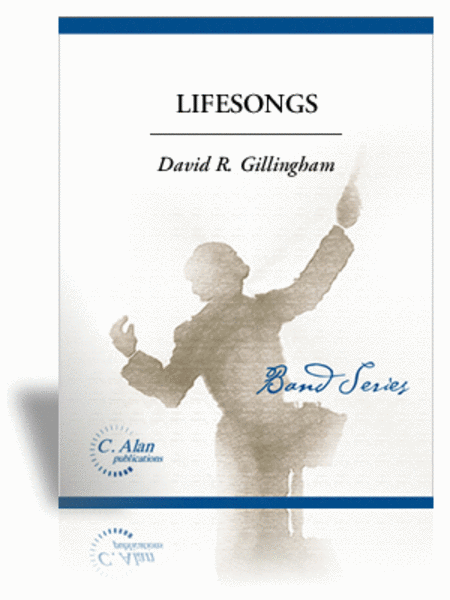
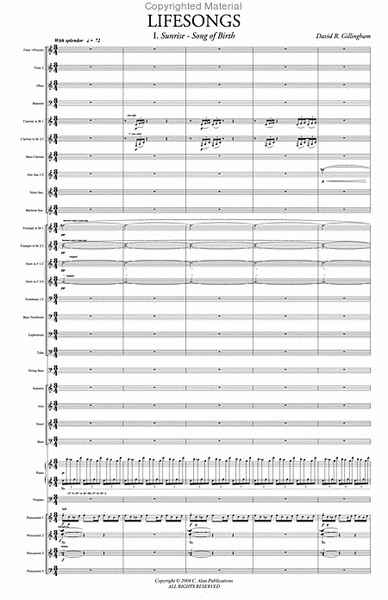
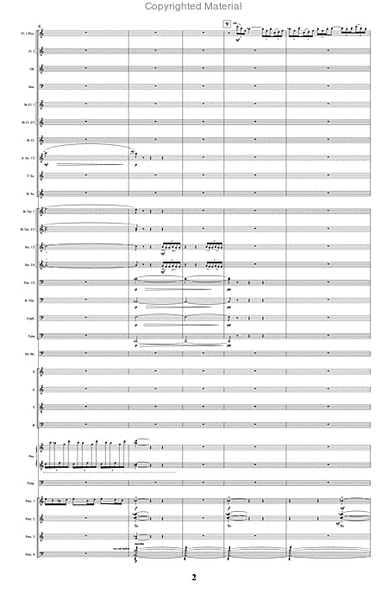
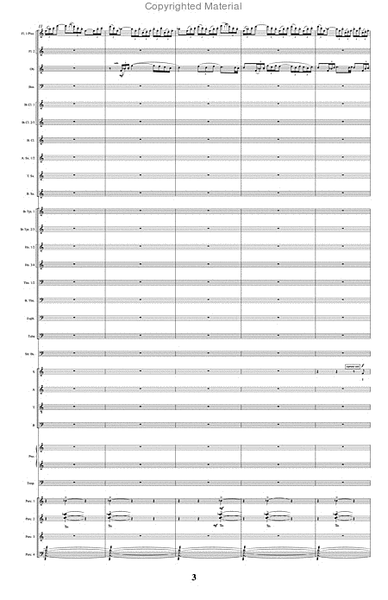
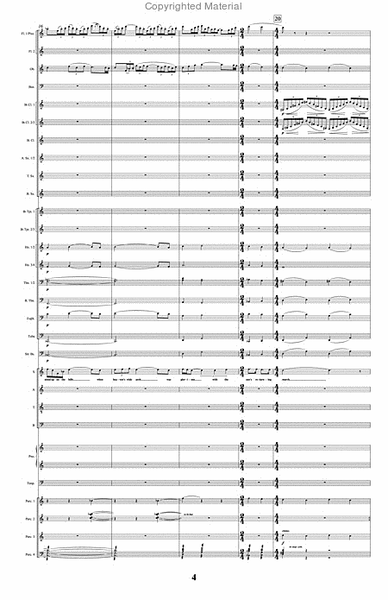
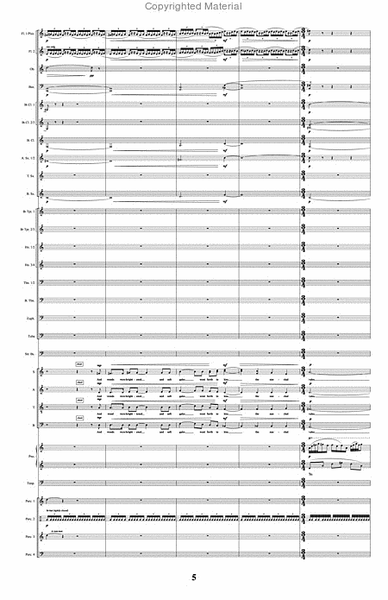
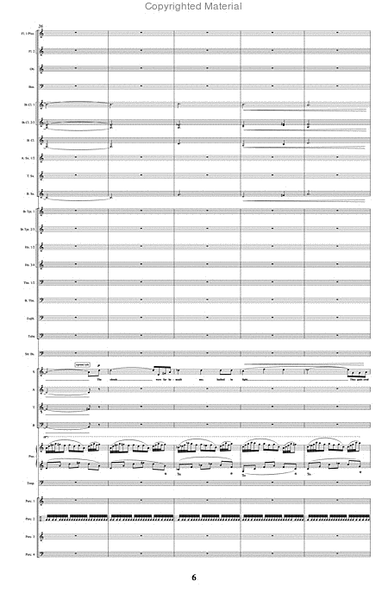
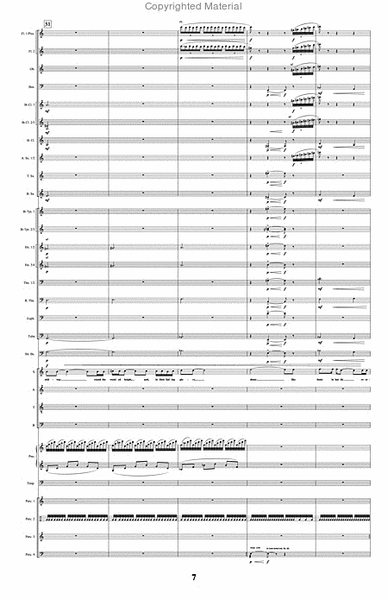
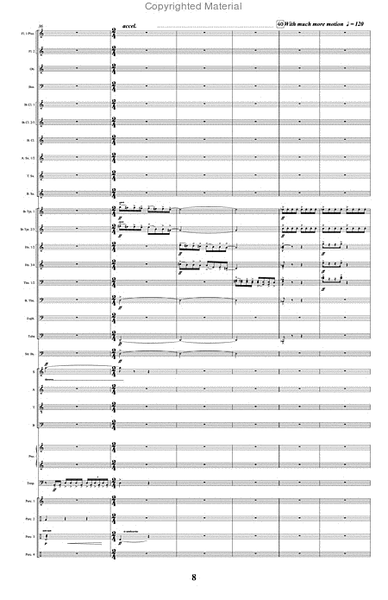
 Share
Share